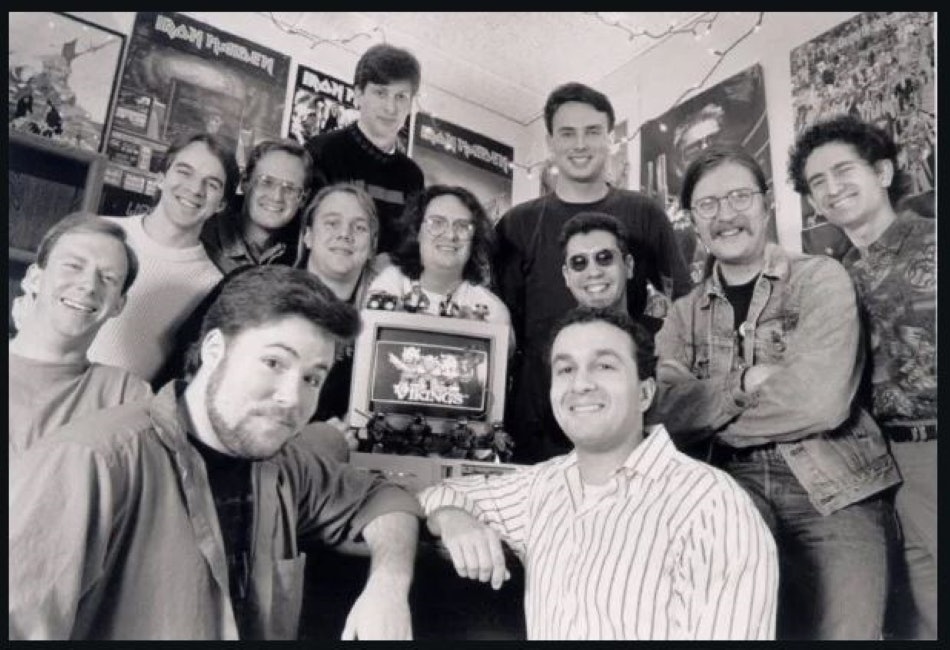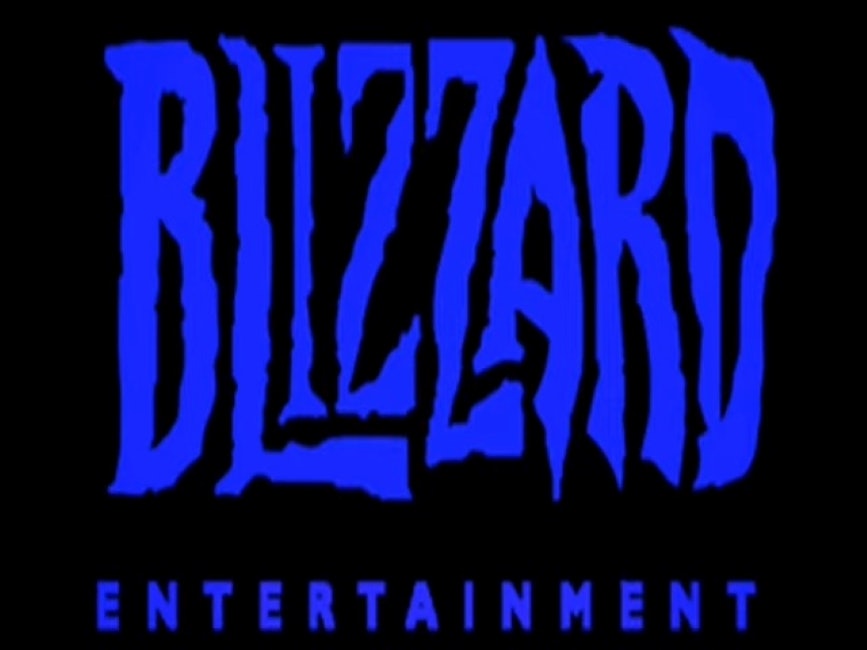
Dictionaries are useless these days. Cell phones put a library in your pocket, and Microsoft Word and Google Docs keep the dictionary just a click away so there’s no need to keep a big, thick book on your desk. Even Merriam Webster's annual updates can't keep pace with the speed of digital slang. But the humble dictionary has played a crucial role in gaming history. Without it, we wouldn't have one of the most iconic companies of all time.
Silicon and Synapse was founded in 1991. Mike Morhaime was an electrical engineering student at UCLA when he met Allen Adham, a computer science and engineering major. Morhaime and Adham had a few classes together, but one fateful day in the computer lab cemented their friendship.
As Morhaime tells it, when Adham left his PC unattended for a few minutes, it presented an irresistible opportunity for a prank. Morhaime snuck over and changed the password to “joe,” something easy to remember when he had to reveal the truth. Adham came back and logged in right away. Turns out his password was “joe,” too. An astonished Morhaime revealed the prank, and the two became fast friends and, eventually, business partners.

After graduation, Morhaime got a steady gig at Western Digital, writing software for networking cards. Adham was passionate about game development and wanted to bring his buddy on board. Morhaime was hesitant. His dad said it was impractical, but a friend told him he was young and had time to be impractical. So along with Frank Pierce (a third friend of theirs from school), Morhaime and Adham started Silicon and Synapse. The name was a nod to the engineering similarities between brains and computers.
They set up a modest office with cheap furniture and started out by securing contracts to port other companies’ games onto different platforms. Eventually, they released two of their own titles through Interplay Entertainment (the original creators of Fallout) on SNES: Rock n’ Roll Racing and The Lost Vikings. In 1993, Silicon and Synapse was renamed Chaos Games.
The team soon realized that, in addition to some trademark issues, Chaos Games wasn’t a good fit in an industry known for delays and blown deadlines. It had to change again, and fast. In May of 1994, Ardham, who was president at the time, whipped out a dictionary (it was the ‘90s!) started on page one and began going through words he thought would work. Nothing in the As, but the Bs had a name he could use: Blizzard.
The mid-1990s marked the beginning of Blizzard’s ascent to the pinnacle of the gaming industry. In 1994, Blizzard released Warcraft: Orcs & Humans, a real-time strategy game that laid the foundation for an immensely popular franchise. This was followed by Warcraft II: Tides of Darkness in 1995, which further cemented Blizzard's reputation for creating engaging and strategic games.
In 1996, Blizzard was acquired by Davidson & Associates, a move that provided the company with additional resources and stability. Despite these changes in ownership, Blizzard maintained a high level of autonomy, which allowed it to continue innovating and producing groundbreaking games. The golden age for Blizzard had begun.

In 1998, Blizzard released StarCraft, a sci-fi real-time strategy game that not only achieved commercial success but also became a cultural phenomenon, particularly in South Korea. It laid the foundation for what would become modern-day eSports and Blizzard’s battle.net online service set the standard for multiplayer gaming on the internet. Every multiplayer game of today owes a debt to the innovations Blizzard created for StarCraft.
Not only did Blizzard create the technical foundations for online gaming, it pioneered its own genre: the massively multiplayer online game (or MMO). The release of World of Warcraft in 2004 changed virtually everything about the games industry. It set a lofty bar for player expectations thanks to the potential for thousands of hours of playtime, and for the business with its monthly subscription model.
The Blizzard team had modest expectations at launch, assuming a monthly fee would be off-putting to gamers until word-of-mouth came from early adopters. The opposite happened. Demand exploded overnight, which Morhaime said “took years off our lives” because of how difficult it was to produce the thousands and thousands of copies requested by retailers.
Since then, Blizzard merged with Activision and became part of the biggest acquisition in gaming history through a $68.7 billion deal with Microsoft in 2023. It’s an astonishing journey that started because of a practical joke between friends and a name pulled at random. Maybe dictionaries aren’t so useless after all.







